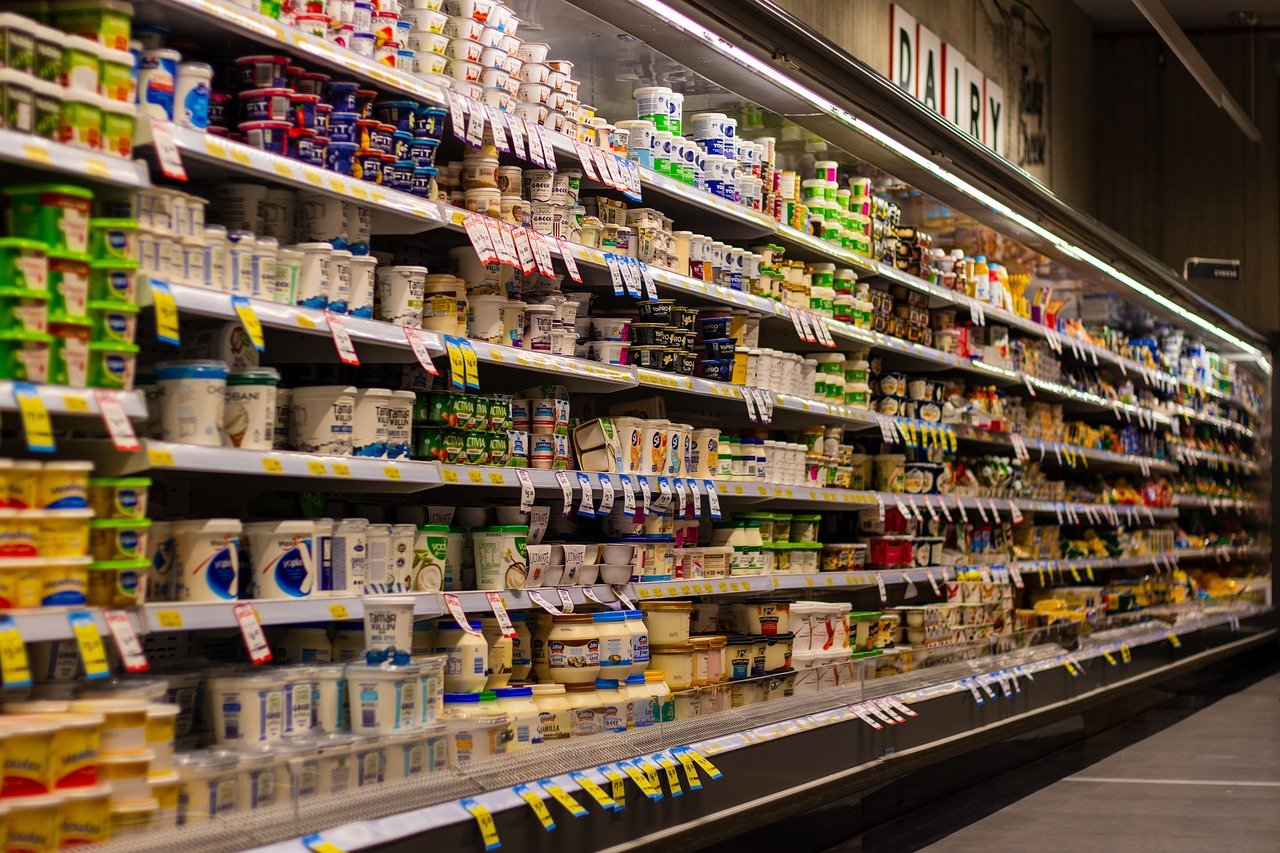
It is essential to carefully read labels in search of harmful preservatives and artificial colors. In order to limit the amount of them in your diet, you need to learn to recognize them effectively. Another important piece of information we need to look for is the shelf life of the product and the allergens it contains.
Not all products available on store shelves are subject to the same rules regarding label information. Ingredients do not need to be listed when it comes to:
What are the benefits of careful label reading? First of all, it allows you to free yourself from marketing tricks. Usually on the package the product is presented as the best. Its choice – as perfect. Reading labels allows you to choose rationally. We buy products that are good for our health and well-being.
There is a belief that short ingredient lists are more desirable. It is very correct. In a short list it is more difficult to smuggle something that may hide a harmful substance under an inconspicuous name
This is the basic information that we have to read on the package. Two types of markings are used:
We should analyze the composition of particular products in a specific way. Cheese manufacturers use different methods of masking inconvenient ingredients, while producers of frozen food use different ones. There are, however, several issues to which attention should always be paid.
It definitely matters. Listing ingredients in descending order is used. The substances with the highest content in the product will be at the beginning. Those at the bottom of the list may be found in trace amounts
If you choose products with a very complex composition, you run the risk of consuming ingredients that are unnecessary for your health. There are simply too many of them to avoid the unwanted ones. We expose ourselves to the consumption of: artificial colouring and preservatives, stabilizers, acidity regulators or antioxidants
Important: Remember that the prefixes used are often misleading. For example “bio” does not always mean a truly organic product! Organic food is certified, bio not necessarily. Such a designation may well mean that there are live bacterial cultures in the product. Other common labels include:
They enjoy a very bad reputation. Not all abbreviations preceded by this letter refer to harmful substances: E300, for example, stands for ascorbic acid, a popular, prized and much needed vitamin C. There are more such examples (lecithin, gum arabic, caramel). The most harmful substances labeled in a similar way are:
Excessive consumption of these ingredients may result in numerous health problems. We expose ourselves to problems with digestion, hyperactivity, a greater risk of contracting one of the cancers.
Manufacturers are obliged to clearly specify on the packaging the names of the substances that may cause an allergy. This should be kept in mind not only if you are allergic to a certain type of product. It should also be borne in mind when, for example, preparing a menu for a party where people with such a condition will be present.
It is right to warn against products whose composition is rich in large amounts of sugar. Not always its presence at the end of the list of ingredients should persuade us to buy it. Sometimes it is replaced by sweeteners that are harmful to health in excess. Sugar itself can also be described as maltose, fructose, sucrose, agave syrup, corn syrup, malt, sorbitol, etc.